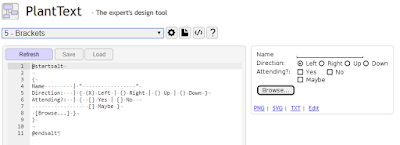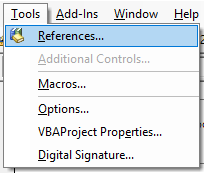A Vision for a Simple Form Definition Language

In my travels as a software product manager I've experienced repeated requests to create basic form entry into a SQL database for reporting. Typically these requests don't have a significant budget behind them and may involve a smaller number of users. Pointing non-technical staff to Google Forms or similar isn't that helpful and ideally we'd like to have the data easily incorporated into enterprise reporting (Office 365 environment in particular). Products like QuickBase have been used in the past, but aren't integrated well in our O365 environment and have significant licensing costs. There are other products (PHP/MySQL solutions seem to be common) for easy specification of forms using WYSIWYG editors, but I'm looking for something that lets me define the input form and related SQL tables/columns directly. I've recently been impressed with a SQL Report Builder interface in an application we use at work ( Genius SIS ). It provides a quick way to create ...


